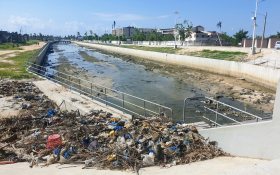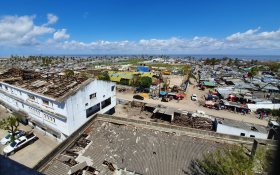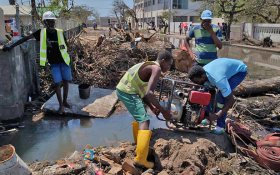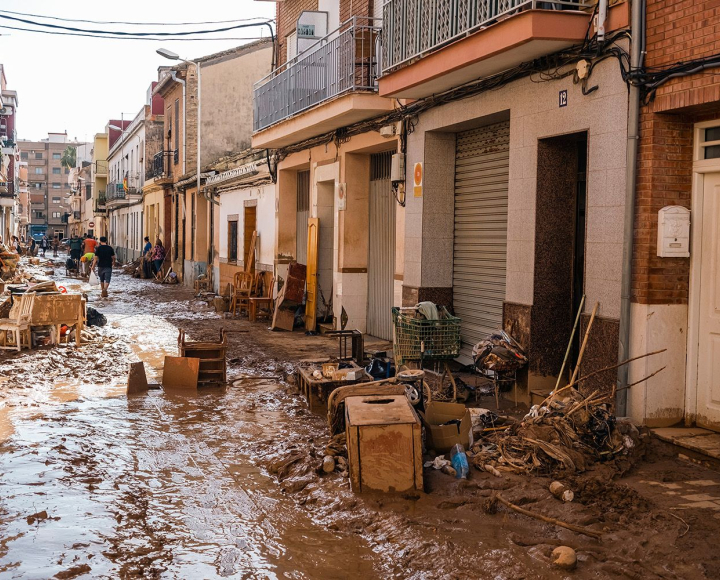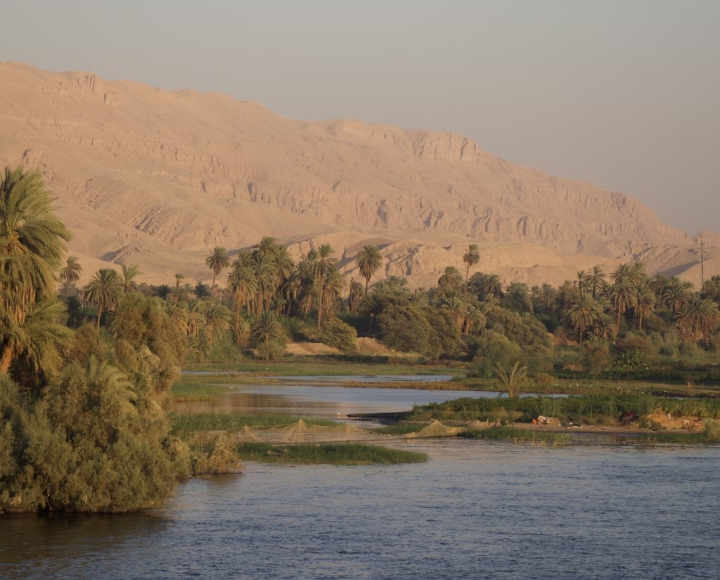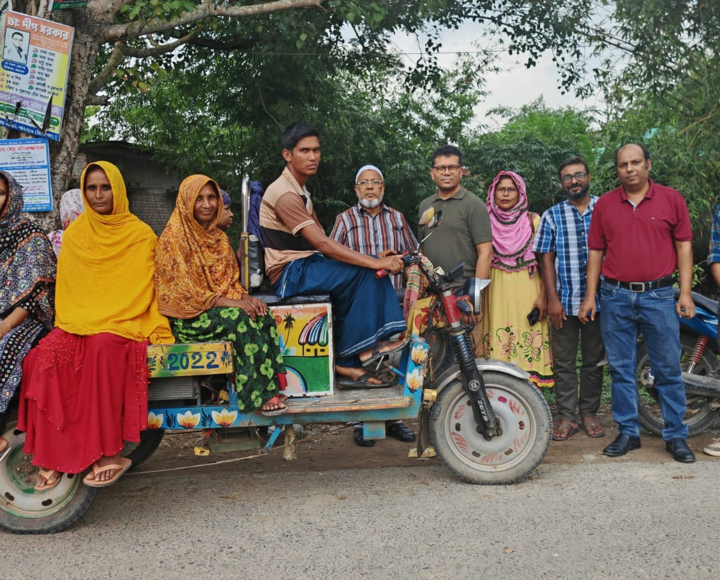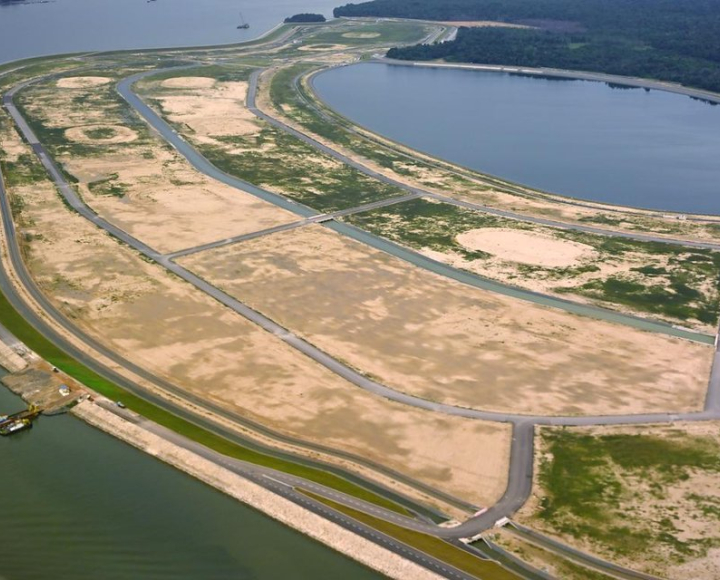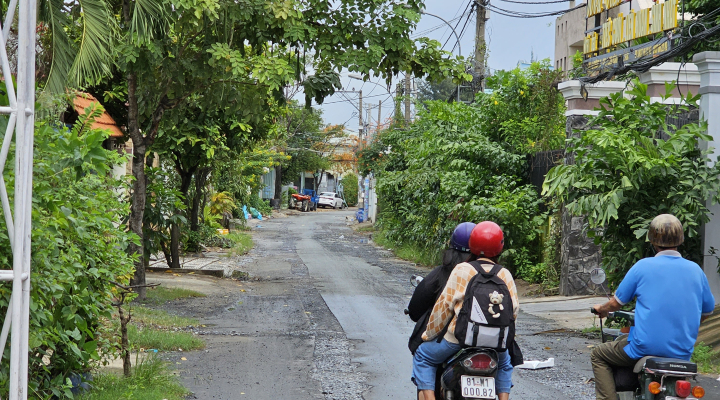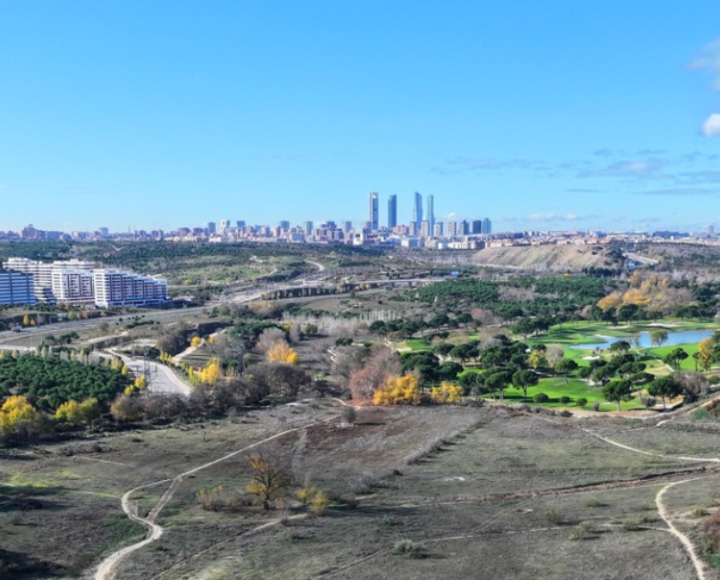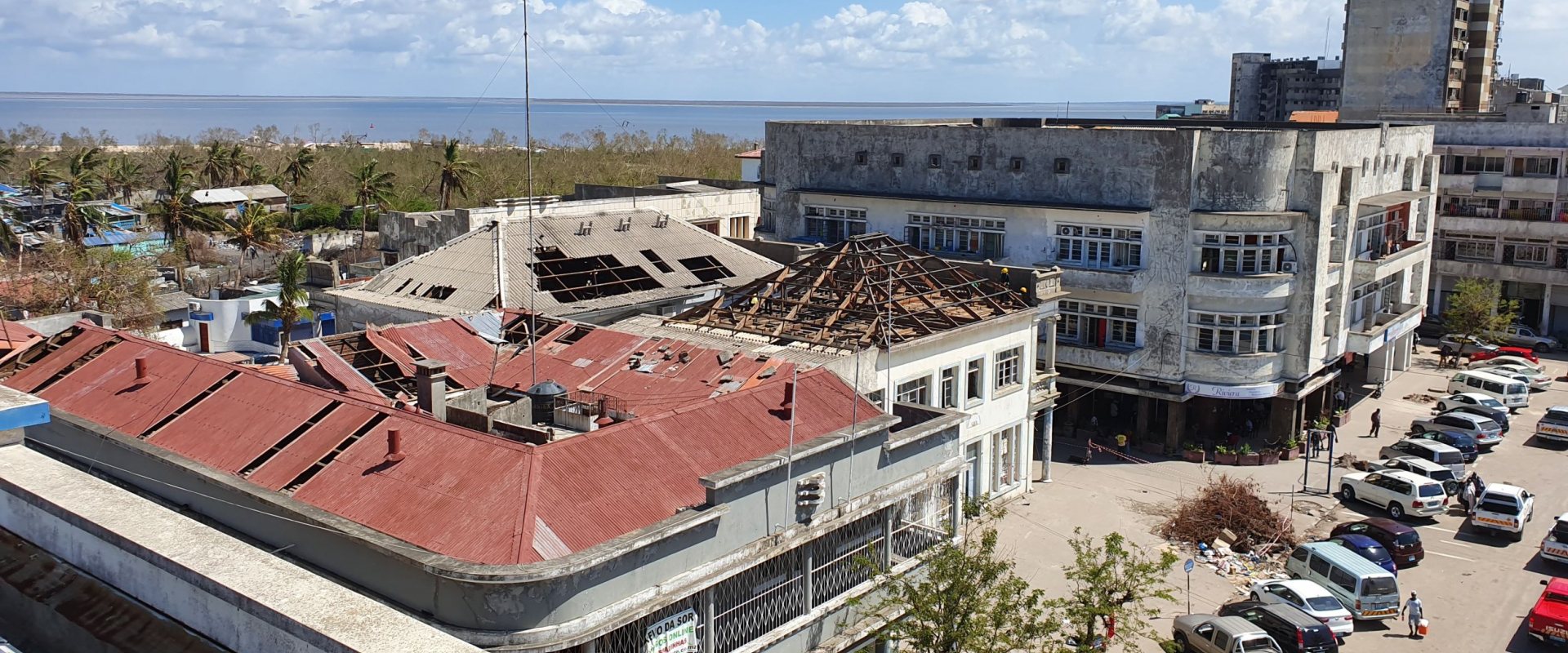
Beira Municipal Recovery and Resilience Plan
Beira, with a population of more than 500.000, is the second largest city of Mozambique and is located in the estuary of the Pungue river. The city is facing numerous challenges such as climate change.
Clear adaptation strategy required
The city is very low-lying with just a few metres above average sea level and a clear adaptation strategy is required to ensure a sustainable protection against water related problems such as floods and coastal erosion. In March 2019 the city of Beira was hit by cyclone Idai. Due to the strong winds and heavy rainfall that followed, the city was heavily damaged.
Rebuilding the City of Beira
After the devastating cyclone Idai destroyed a part of the city, a special task force prepared the Beira Municipal Recovery and Resilience Plan, that was released in May 2019. The task force was led by Dutch water expert Ben Lamoree and the team was assisted by several other Dutch experts. Among them were seven experts from Arcadis' Shelter Program, a corporate social responsibility program with UN-Habitat. The plan builds on the Beira Masterplan 2035, that was developed and approved in 2014.
Coastal protection measures are high on the agenda of the plan. As well as expanding its drainage canals to other parts of the city and the construction of a retention basin. The city had inaugurated the Palmeiras drainage canal last year (financed by the World Bank). The new canal did a good job and discharged large amounts of storm water that had been released by cyclone Idai. However, the capacity of the drainage system was limited to the areas served by the new drainage canal and the recovery plan calls for similar drainage canals in other parts of the city.
The recovery plan to rebuild Beira specifies a total need of 888 million US dollar, of which 193 million is needed for reconstruction of the primary drainage system for the next five years. An additional 91 million is needed to improve the coastal protection. At the end of May 2019 a donor conference was held to discuss the recovery with financers.
Beira Masterplan 2035
The Masterplan 2035 that was developed and approved in 2014 sets out an integrated vision for the city, describing how it can respond to the challenges in the decades to come. An important topic in that plan included adequate and safe drinking water supplies. In addition, changes were needed to the drainage and sewage systems to prevent the flooding of the city. Spatial developments were also addressed in the plan. The expansion of the activities of the port of Beira is required to utilize the great economic potential. This will have a major impact on the infrastructure. New residential and industrial areas are needed to provide homes and work for the growing population.
A consortium of Research Institute Deltares and engineering firm Witteveen & Bos, together with sub-contractors Wissing Stedenbouw en Ruimtelijke Vormgeving bv, and Niras, Mozambique Lda, developed the Master Plan 2035 for Beira in 2014. The development of the plan was financially supported by the Dutch government.
From masterplan to a recovery and resilience plan
The recovery and resilience plan builds on the masterplan that was finalized in 2014. Before the cyclone Idai struck in March 2019 a project team was working on the implementation of the plan. One of the major projects was the creation of the Beira Urban Land Development Corporation, a development company with the Municipality as its sole shareholder, with the objective to attract investment for the development of new residential areas with affordable housing, as well as new commercial and industrial areas. The preparation phase was mostly financed by the Partners for Water Programme and the Dutch Embassy. To urge the rebuilding of the city a special task force was installed by the Municipality of Beira. Assignment was to make a plan for the recovery and rebuilding of the city, taking into account the integrated vision of the current masterplan.
For more information about the Beira Masterplan, you can contact Ben Lamoree, info@lamoreeconsult.com.




